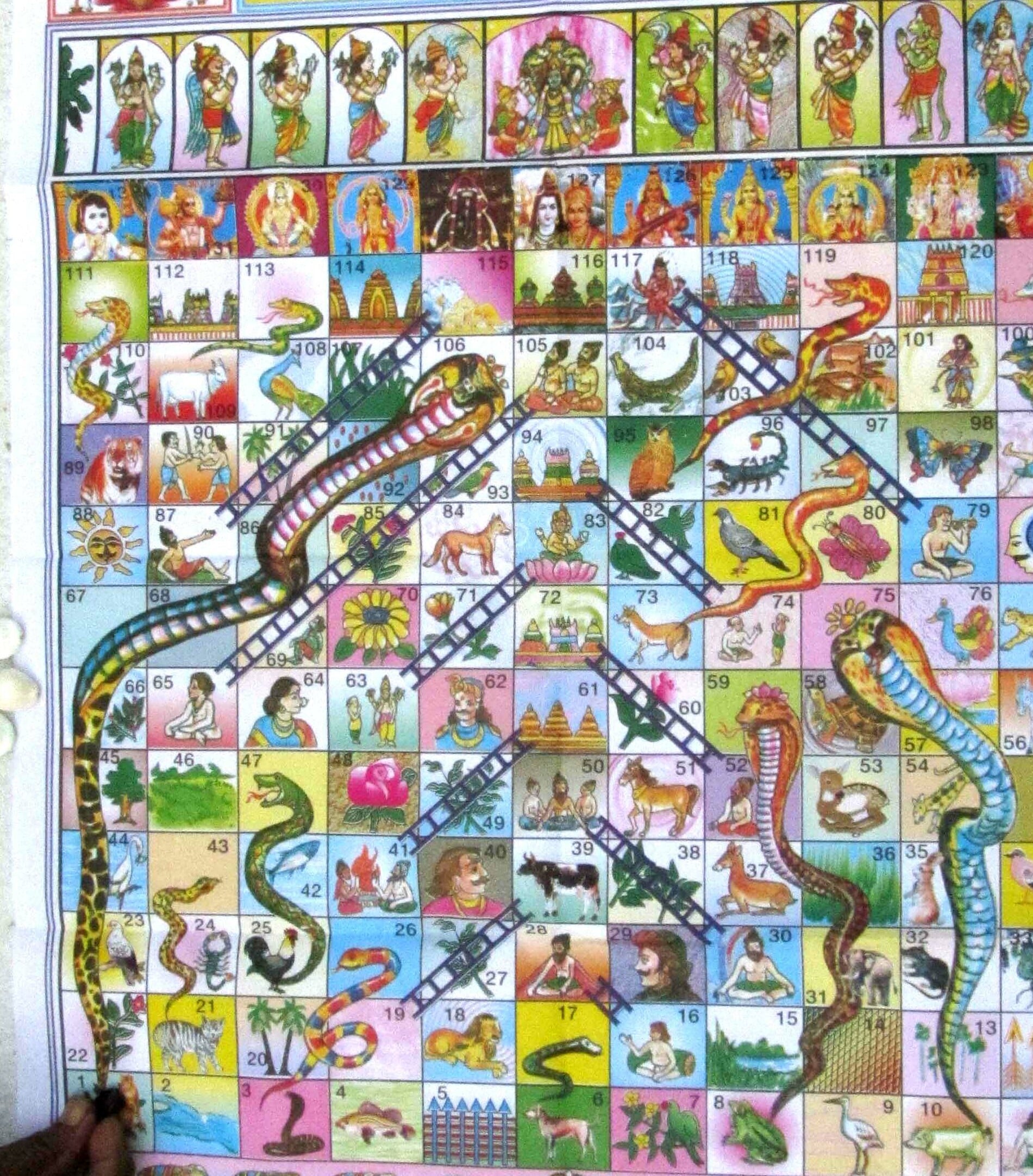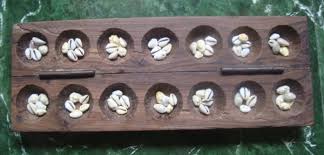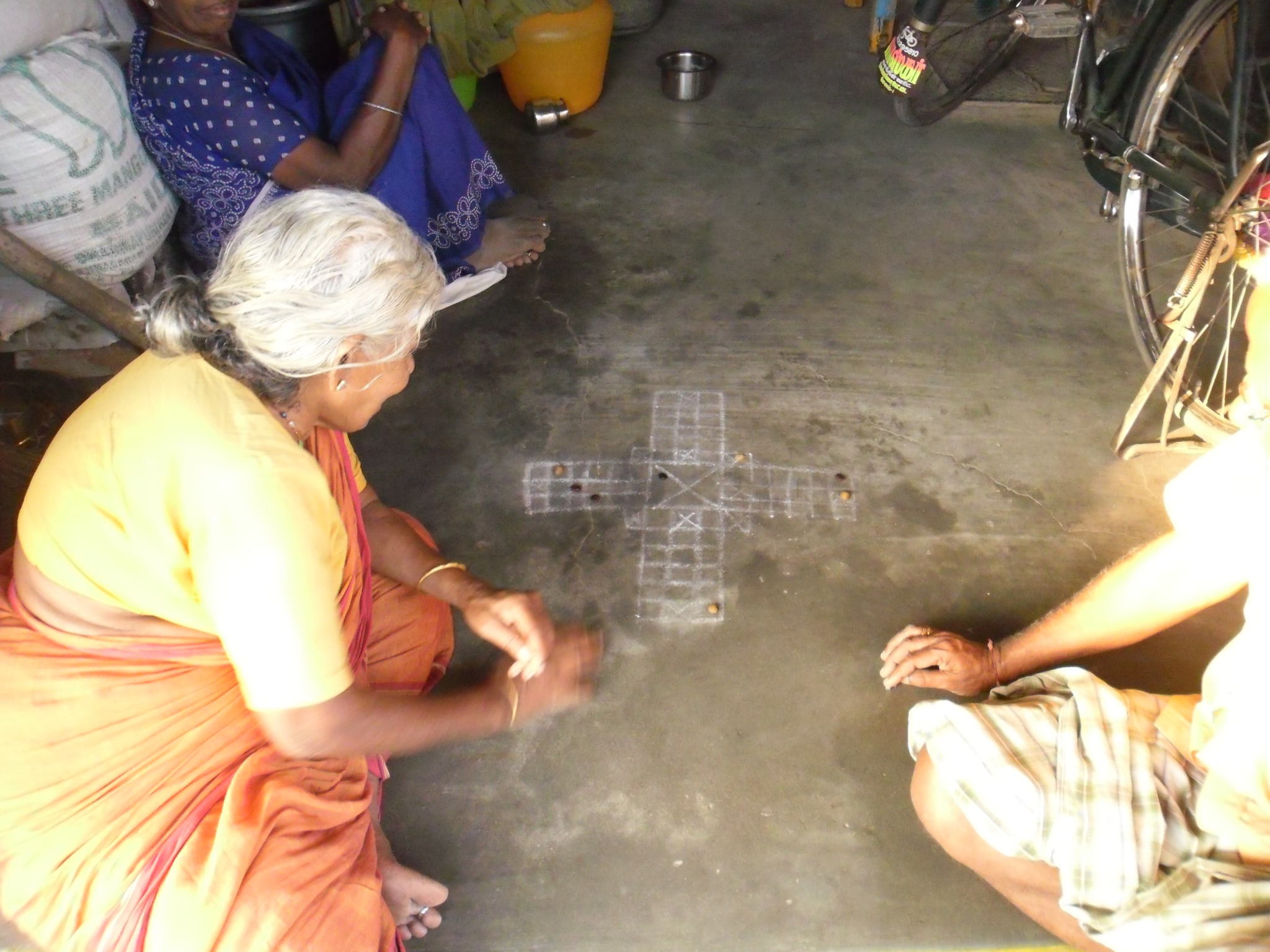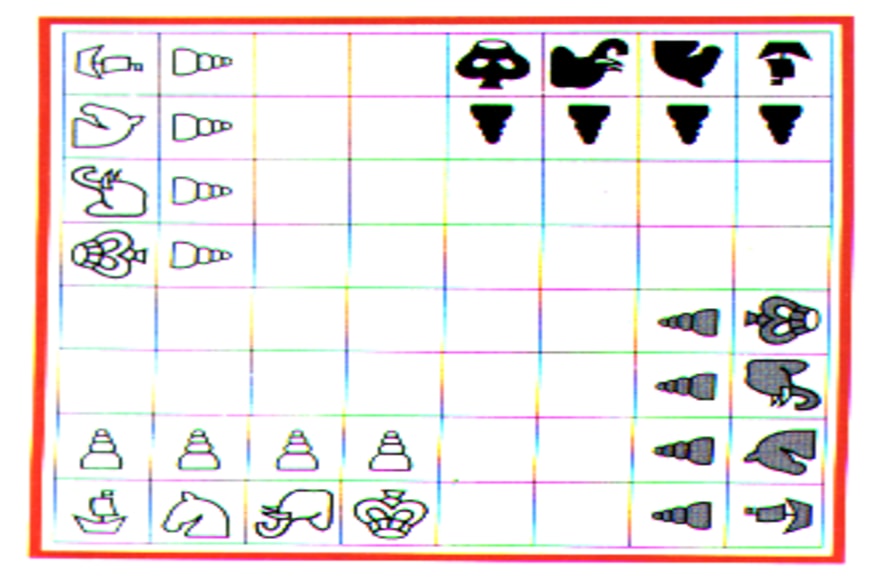Prime Minister Narendra Modi on Sunday appealed to youngsters and start-up entrepreneurs in the country to popularise traditional indoor games.
"Friends, our country has a very rich heritage of traditional sports. For example, you may have heard the name of a game called “Pachisi”. This game is played as "Pallanguli" in Tamil Nadu, is called "Ali Guli Mane" in Karnataka and is known as "VamanGuntlu" in Andhra Pradesh.
"It is a type of game employing strategy in which a board is used with many pits, in which the players have to catch hold of the pellet or seed. It is said that this game has spread from South India to Southeast Asia and then to the rest of the world," Modi said in Mann Ki Baat.
"Friends, today every child knows about the game of snakes and ladders. But, do you know that this is also another traditional Indian game, called “Moksha Patam” or “Parampadam”. We also have another traditional game in our country called “Gutta.” This game is popular with elders and the children alike and involves simply getting hold of five small stones of the same size and Behold! - you are ready to play Gutta!
"You’ve to throw one stone into the air and while that stone is in the air, you have to grab the remaining stones on the ground. Usually there isn’t a need of any major contraptions in the indoor games prevalent in our country. Someone just brings along a chalk or a stone, draws a few lines with it on the ground and a game is ready to be played! In games requiring a dice, improvisation is made with cowrie shells or tamarind seeds."
Here are some of the traditional games that could become popular again after the Prime Minister's appeal.
1. Pachisi
There are multiple versions of this game across India, varying with each state. The game has its roots in the epic Mahabharatha, where Shakuni helps Gauravas beat the Pandyas with his power of rolling the dice according to his wish.
Pachisi is a four-player (maximum) game, with the board divided into four parts.
2. Paramapadam
Paramapadam means Vaikuntha, the abode of Lord Vishnu. The ultimate aim of this game is to reach Vaikuntha, but it's no mean task. There are multiple hindrances on the way in the form of snakes. Worry not, there are also ladders which will help you go closer towards the Lord's abode. Yes, Paramapadam is now more widely known as snake and ladder! Snakes represents the sins which bring you down while ladders represent the good deeds that help you rise.
The game can be played by multiple players, with each rolling the dice in his/her turn.
3. Pallankuzhi/Ali guli mane
This traditional game was very famous in the southern part of India, particularly Tamil Nadu. Pallankuzhi (TN) spread to Karnataka as Ali Guli Mane and Andhra as vamanguntlu.
The game is played on a rectangular board with two rows and seven columns. There are 14 cups, or Kuzhi in Tamil, inside which seeds are placed to play the game.
4. Aadu Puli Aattam (Goat and Tiger game)
As the name suggests, this is a game between a predator and prey. The ancient game, also called Meka puli aata in Telugu, was famous in south India. The two-player game sees one player controlling tigers while the other controls the goats. To maintain balance, the number of goats outnumber the tigers. The aim of the goats is to prevent the tiger from moving into their territory.
5. Pandi aattam
Also known as Tokkudu Billa in Andra Pradesh and Kunte Bille in Karnataka, this game is played even today in villages and even some cities. All it requires is some chalk to draw rectangles on the floor, with each rectangle/square numbered. An object like a stone is tossed up, and depending on where it falls, the player has to jump to the specific rectangle.
6. Dhayam
Similar to Pachisi, Dhayam, or Daala, is a dice game played by a maximum of four people. The game is played on a board with a unique type of long dice and multiple shells. The shells/seeds move depending on the roll of the dice. If a seed goes to a box where there is another seed, the new one replaces - or 'cuts' - the old one. The aim of the game is to have all the seeds in the centre of the box.
7. Sonai Kattam
This ancient game was believed to bring rains. Played by two players or teams on a rectangular board or sheet, each player/team gets eight coins. The game proceeds using a throw of dice/dhayam, and the aim of a player is to strike out all the coins of the opponent. It's said that crowds would gather to watch this game in villages, with people attracted to the tactical moves of the players.
8. Chaturanga
This ancient game was the predecessor to games like chess and was played among the Royals. With eight squares in a board similar to the modern day chess, the game represented a clash of two kingdoms using various animals, each of them having separate movements in a battle formation. The aim of the game is to 'checkmate' or trap the opposing king.
9. Saalu Mane Attam
This popular game from Karnataka is another two-player or two-team game that requires strategic thinking. The board game, with each player getting multiple (usually 9) coins, requires the players to align three coins in a single row. However, it won't be simple as the opponent will try to spoil the moves by moving his/her coin in similar positions.
10. Gutta/Gutta
The game is as simple as it gets to explain, but not to play. A player takes five pieces of small stones/coins and places them on the ground. He/she tosses up the stone/coin and before he catches it, has to pick up the next one. The same is repeated till all five stones/coins are in the hands. Sounds simple, doesn't it?
All these ancient games - and more - have been a part of Indian culture especially in the villages. Some are known for their leisurely nature while some promote strategic thinking and planning. There's wide potential in these games to make it big, and a digital revival could well see them making a grand comeback among Indian public.
















